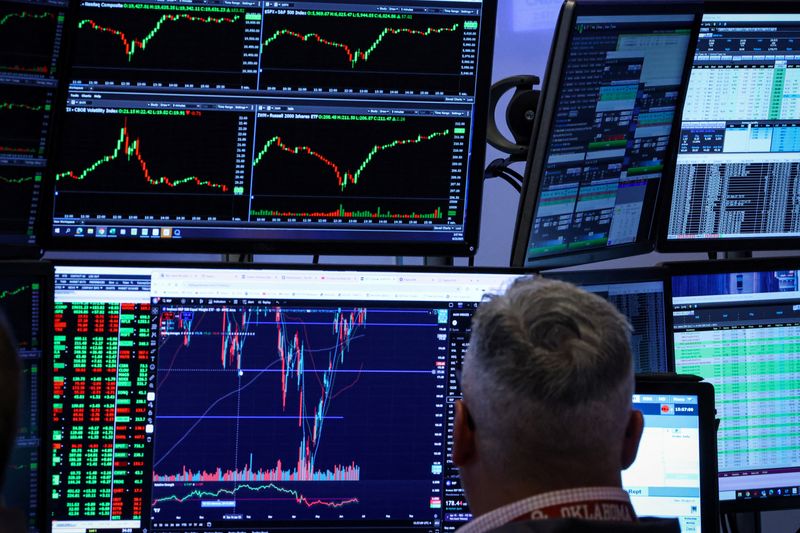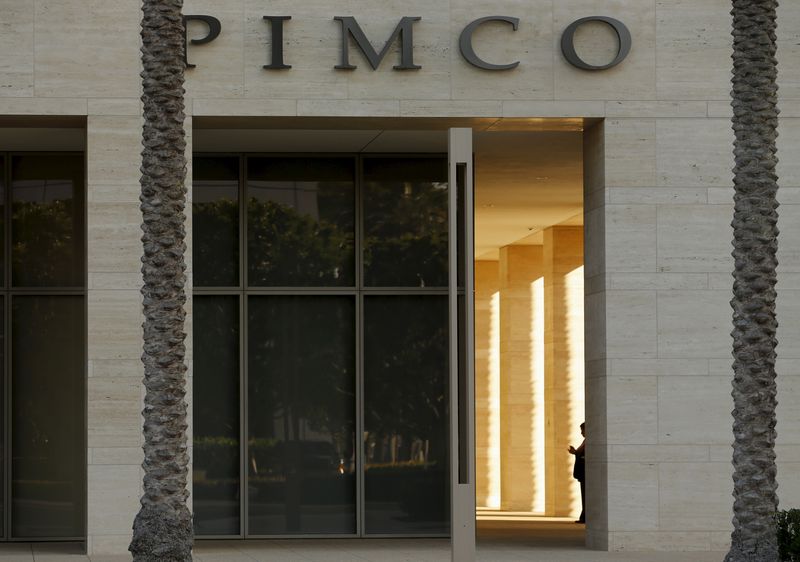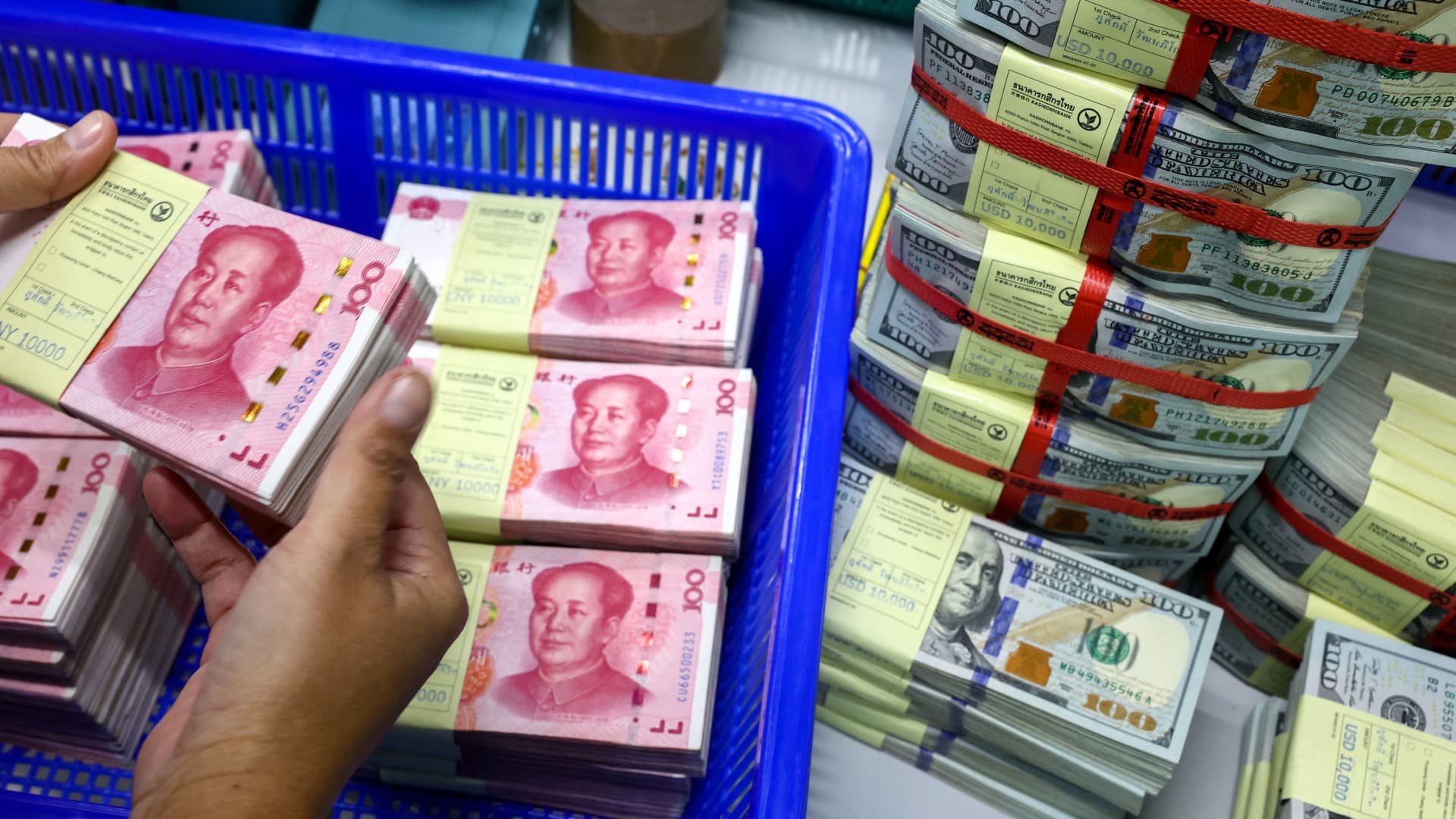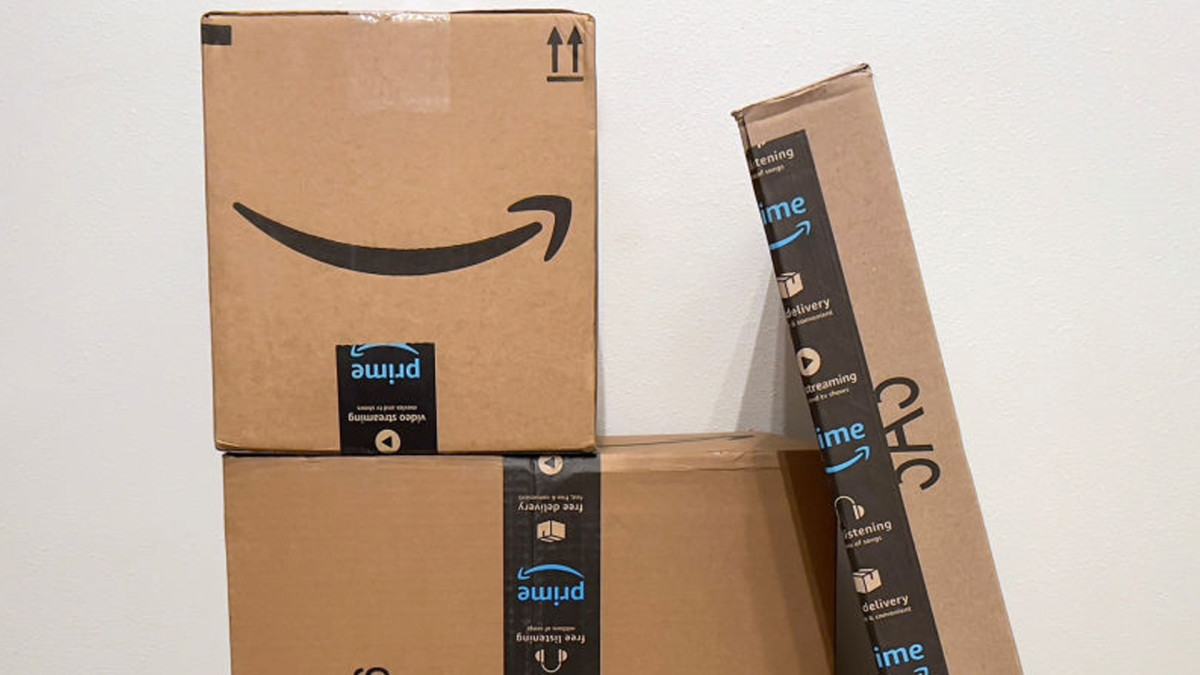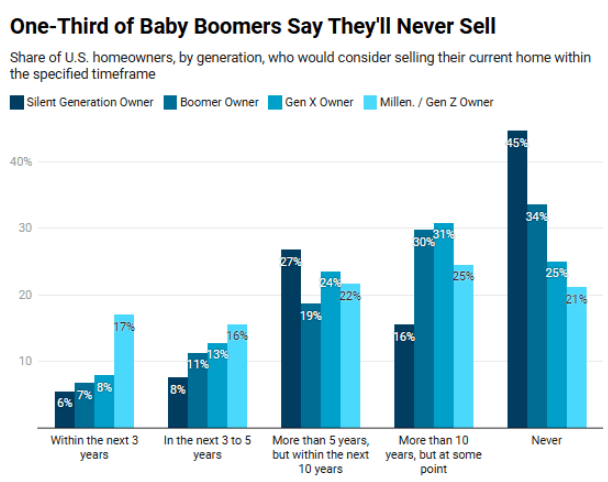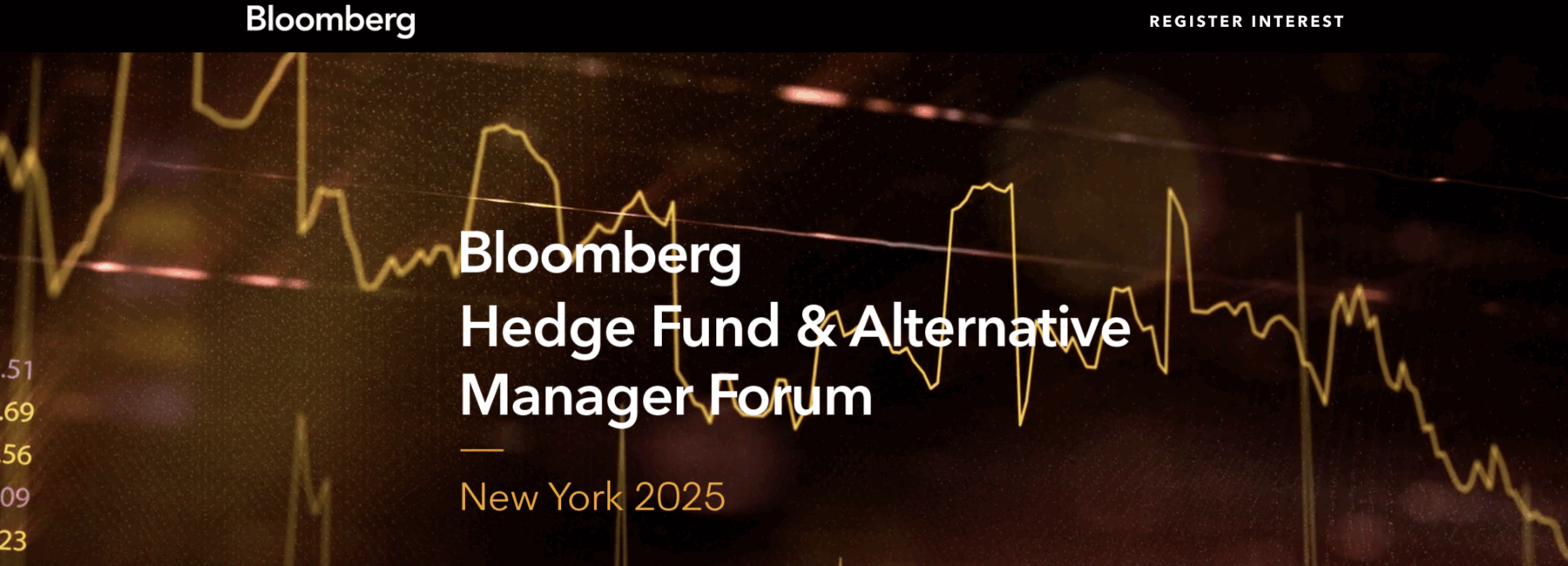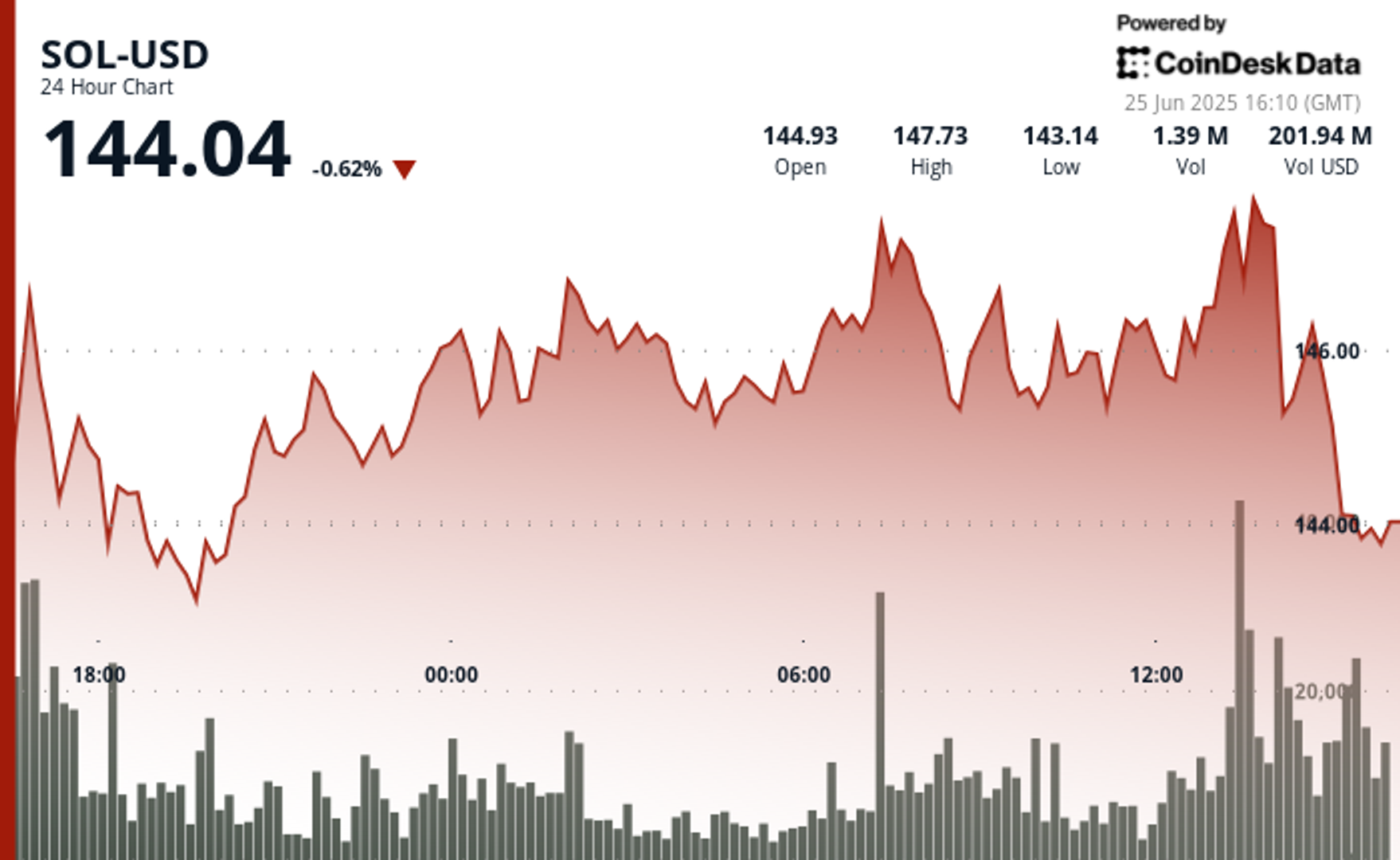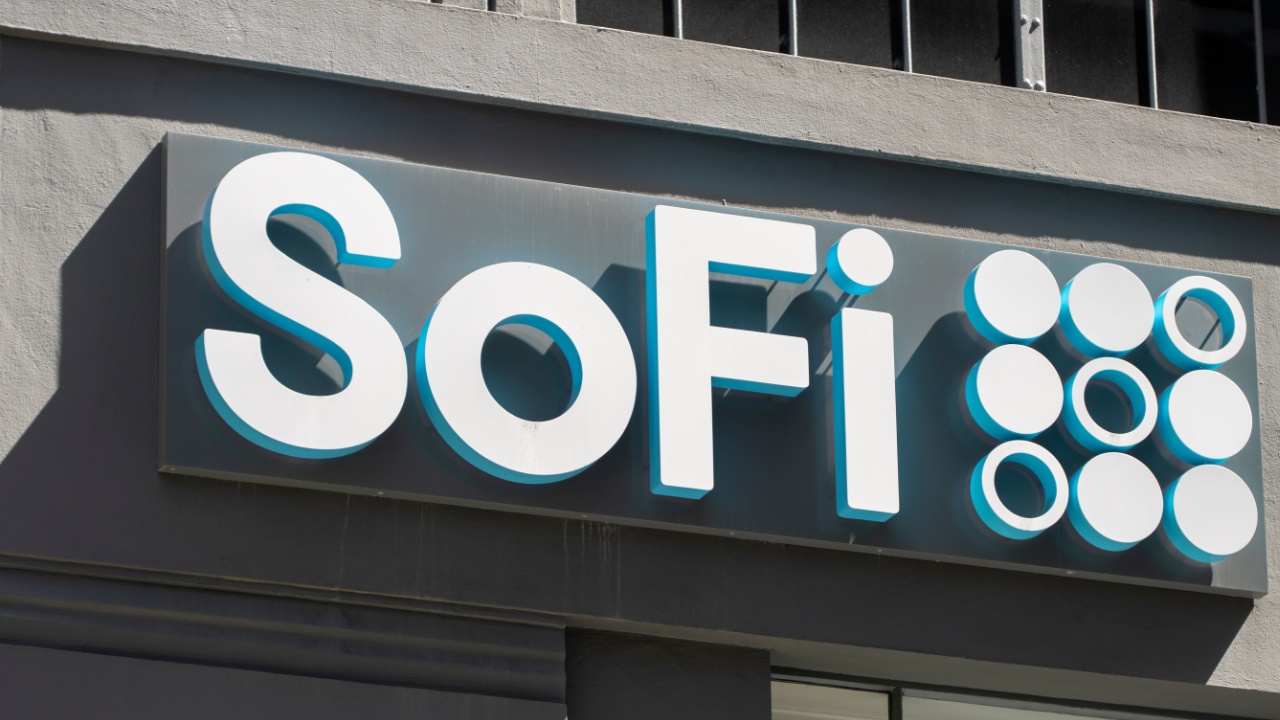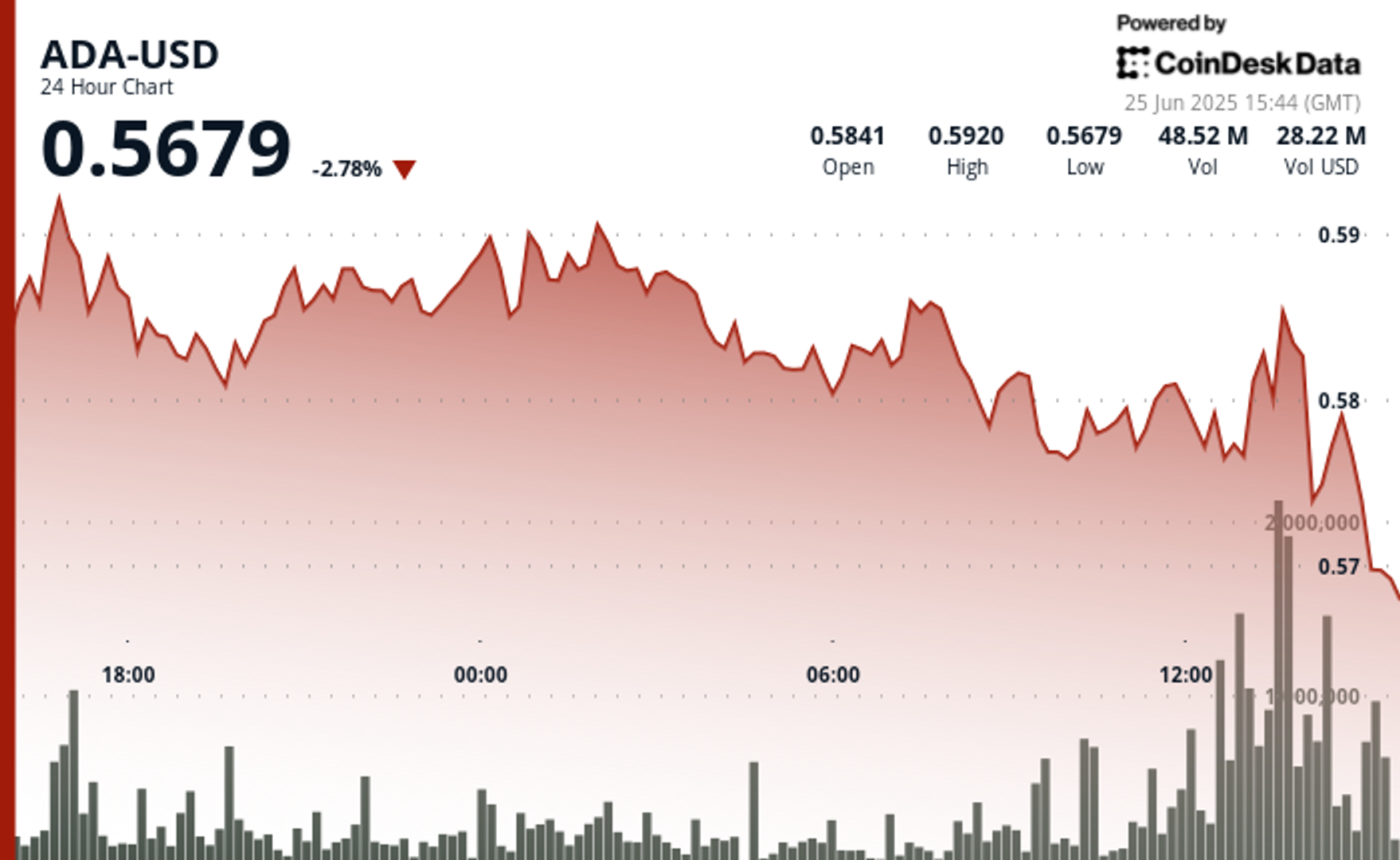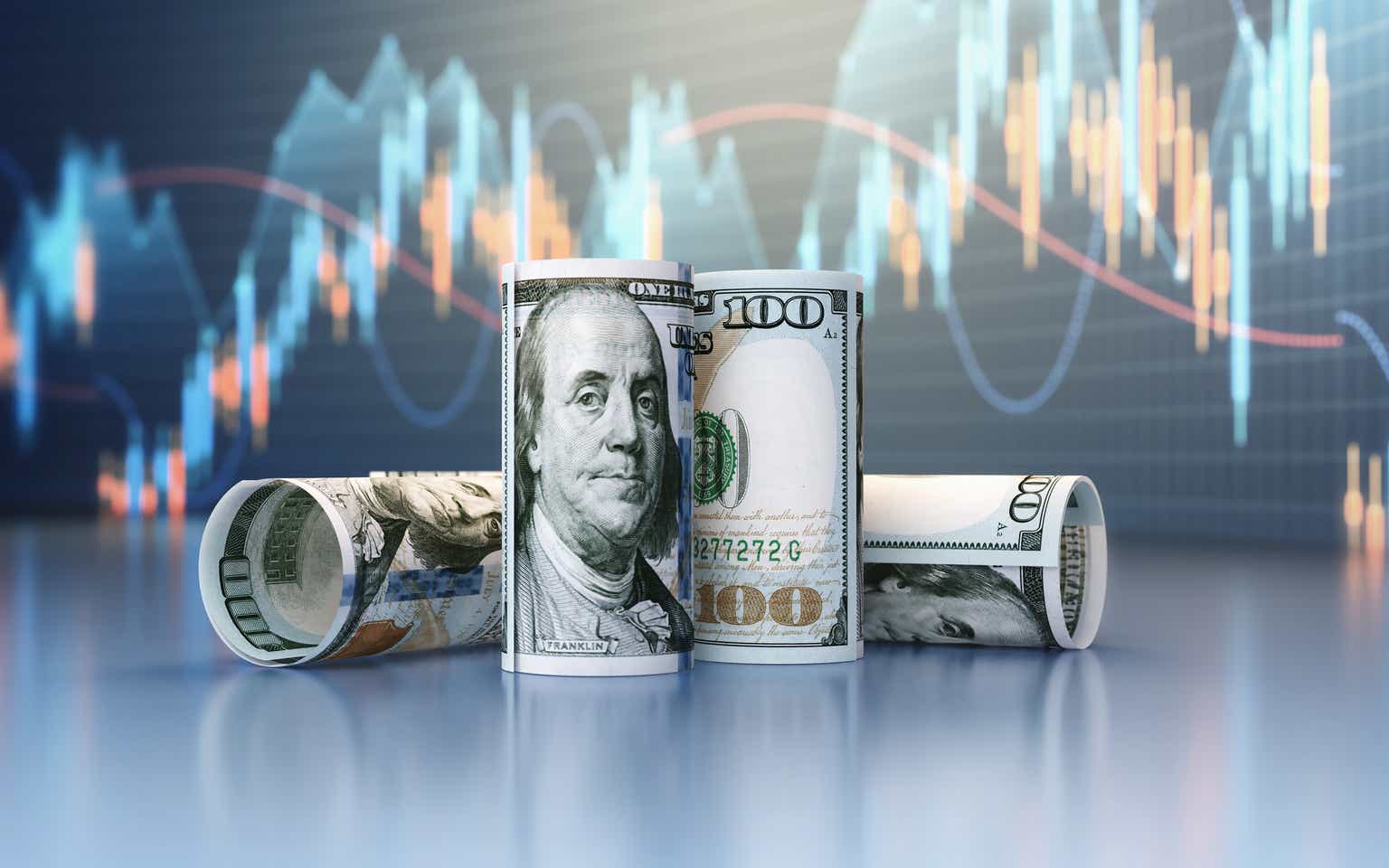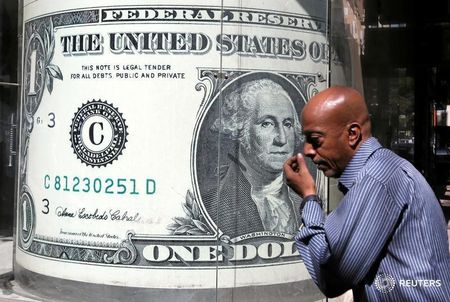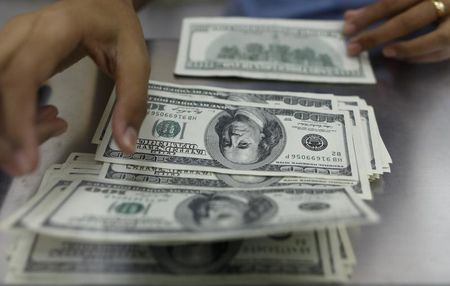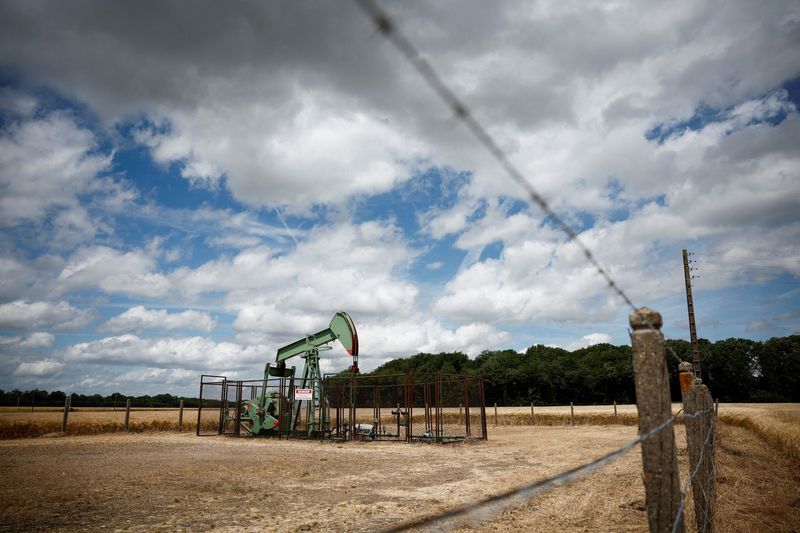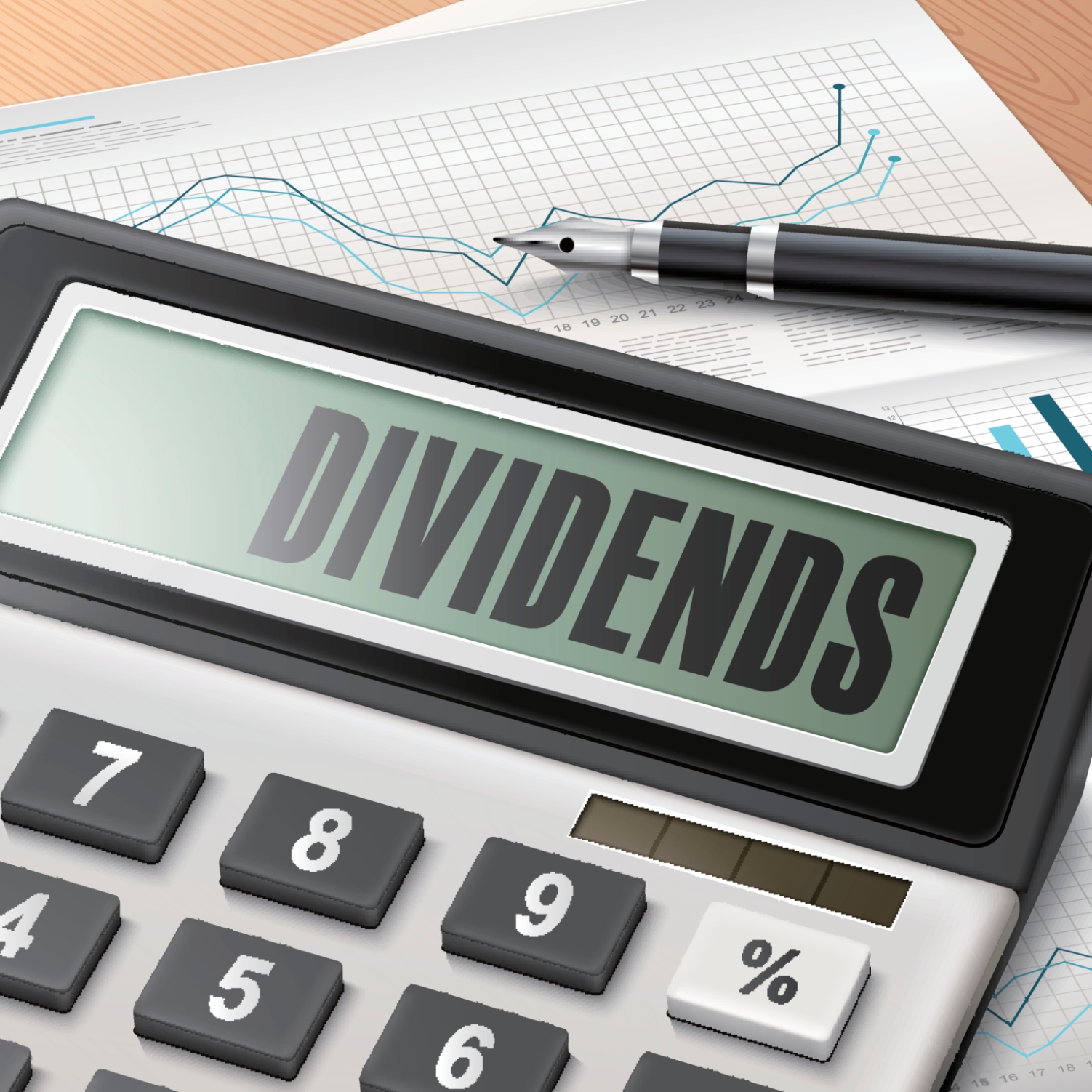3 Buy-And-Forget Dividend Stocks Every Investor Should Own
Investors who are looking for dividend stocks seldom look for quick gains. You’re likely looking for stocks you can hold decade after decade to slowly compound your wealth and outperform the rest of the market while making sure your portfolio weathers recessions better than anyone else. Unfortunately, it’s there’s no one-size-fits-all stock. No single dividend […] The post 3 Buy-And-Forget Dividend Stocks Every Investor Should Own appeared first on 24/7 Wall St..

Key Points
-
These dividend stocks are well-positioned to compound your gains for decades.
-
Their underlying businesses are evergreen.
-
These dividend stocks also come with high yields.
-
Are you ahead, or behind on retirement? SmartAsset’s free tool can match you with a financial advisor in minutes to help you answer that today. Each advisor has been carefully vetted, and must act in your best interests. Don’t waste another minute; get started by clicking here.(Sponsor)
Investors who are looking for dividend stocks seldom look for quick gains. You’re likely looking for stocks you can hold decade after decade to slowly compound your wealth and outperform the rest of the market while making sure your portfolio weathers recessions better than anyone else.
Unfortunately, it’s there’s no one-size-fits-all stock. No single dividend stock is going to give you perfect stability and high yields. Every recession and downturn is different, and the recent tariff scare proved that many of the “safest” businesses are susceptible to all sorts of black swan events.
That said, there are stocks that are very close to being “evergreen,” with a long history of profitable growth and dividends. If you buy and hold these dividend stocks, it is likely that you will stay in the green in the coming decades. They all come with high yields.
United Parcel Service (UPS)
United Parcel Services (NYSE:UPS) surged all the way from being below $100 to $210 in short order during the pandemic as shipping volumes boomed. Since then, the stock has halved in value and is back down to more reasonable levels. It is exactly at $100 as of writing, and is a great long-term buy due to how essential it is.
The pandemic-induced growth wave is now behind us, and with the company stabilizing and moderating its financials, UPS stock seems poised to start delivering more upside again. There are ongoing fears about a planned 50% in Amazon (NASDAQ:AMZN) deliveries by mid-2026 that could exacerbate domestic package volume declines, but many are overestimating the impact this could have.
Amazon’s partnership with UPS brings in low-margin revenue, and the earnings should easily be offset by its international expansion and specialized healthcare transportation businesses. UPS is targeting $20 billion in healthcare revenue by 2026, constituting around 18% of its total revenue, double 2023 levels. This business is expected to bring in margins in the high teens. The international segment also has operating margins in the teens, and this segment’s revenue managed to grow 2.7% in Q1 despite tariffs.
Analysts now see 7.6% EPS growth annually in the coming three years. I’d expect EPS growth to be much faster if UPS meets its healthcare revenue target.
Regardless, we’re talking about timeless dividend stocks, and UPS is here to stay. This company contributes too much to the U.S. economy for it to fade away. The best thing about UPS stock is the dividends. It comes with a 6.53% forward dividend yield.
Realty Income (O)
Realty Income (NYSE:O) should be a cornerstone stock for your dividend portfolio. There’s a lot going for it, and it doesn’t get the credit it deserves. This company pays dividends monthly and is known as “The Monthly Dividend Company,” and it is likely the most dependable monthly dividend stock you can get your hands on.
Monthly dividend stocks with high yields are the best of both worlds when they come with a solid underlying business, and that’s exactly what you get with O stock. Realty Income’s stock yields higher than treasuries, has good growth, and compounds more efficiently than dividend stocks that pay quarterly. On top of that, having a monthly source of passive income can come in very handy if you ever lose your main source of income during a recession.
You shouldn’t let fears about real estate scare you away from looking into a good business in this sector. Realty Income has managed to keep its occupancy rates at 97%, even in 2008. This is because the company does business with retail clients using long-term agreements. These clients weather recessions better and are able to pay on time with remarkable consistency.
Companies with the “real estate” label have been trading at a discount in the post-COVID era despite proving that they have learned from the Great Recession and are able to handle higher interest rates. Once rates come down and the economic cycle shifts, these stocks seem poised to recover. Even if a recession does strike, O stock is on solid footing and should recover much faster than the rest of its industry peers.
The stock comes with a 5.53% dividend yield.
PepsiCo (PEP)
PepsiCo (NASDAQ:PEP) is currently undergoing a rough patch. The stock is down over 34% from its May 2023 peak for multiple reasons. There has been a rotation out of “safer” stocks into high-growth stocks. Moreover, the company has carried out aggressive price hikes, pricing out many during the inflation wave from late 2021 through 2023. The pace of inflation has moderated, but it is still ongoing, so these customers still feel the pinch.
PepsiCo’s products revolve around snacks and are not discretionary by any means. They have also taken hits from a rise in healthier eating habits and GLP-1 drugs suppressing the appetite for sugary products.
But do all those things justify the stock being down this much? I don’t think so. These trends haven’t caused a notable decline in PepsiCo’s revenue or profits. The stock is below 2019 levels, but revenue in 2024 was $91.85 billion, along with $9.57 billion in profit. In 2019, PepsiCo posted $67.16 billion in revenue, along with $7.31 billion in profit. The growth is certainly slower, but PepsiCo has seen worse times. Both the top line and the bottom line were rangebound during most of the 2010s, but the stock still continued on an upward trajectory.
PepsiCo isn’t going away anytime soon, and the company should continue to generate solid long-term returns. Most of its negatives are already priced in at current prices, and the risk-reward swings heavily in your favor.PEP stock comes with a 4.41% forward dividend yield. It is also a Dividend King, with 54 consecutive years of dividend increases.
The post 3 Buy-And-Forget Dividend Stocks Every Investor Should Own appeared first on 24/7 Wall St..






